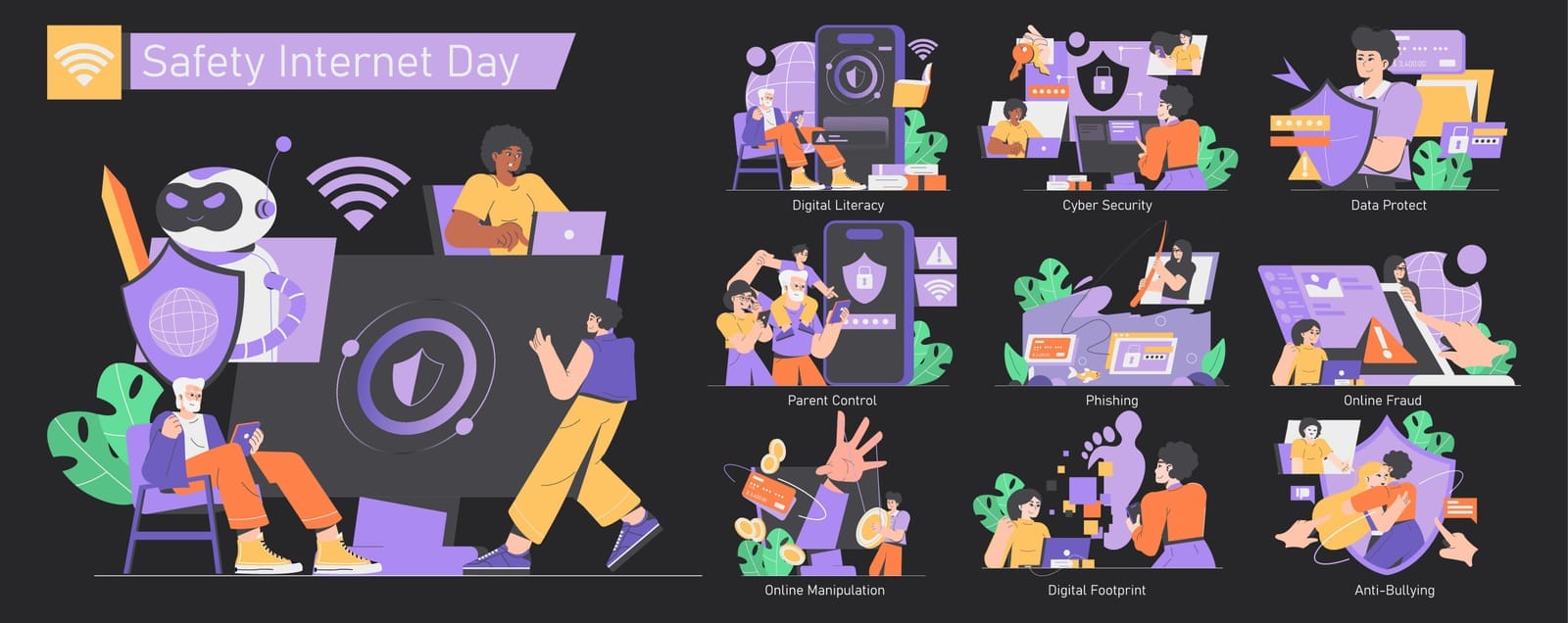Security Awareness Training: Empowering Your Employees to Be the First Line of Defense

In today’s rapidly evolving threat landscape, no business can afford to treat cybersecurity as simply an IT responsibility. Modern cyberattacks—from phishing schemes to ransomware and social engineering—are designed to target not just our technical defenses, but our people. Employees can be an organization’s greatest asset or its weakest link. That’s why Security Awareness Training is now a foundational element for any serious cybersecurity strategy.
At Techease Solutions, we believe that empowering your team is the key to safeguarding your business. Here’s why every Singaporean SME should prioritize Security Awareness Training as a continual investment—and how you can get started.

1. The Importance of Security Awareness Training
Why Employees Matter
Cybercriminals know that while firewalls and antivirus software are formidable, humans remain vulnerable. In fact, according to Verizon’s 2023 Data Breach Investigations Report, 74% of breaches involved a human element, such as errors, privilege misuse, use of stolen credentials, or social engineering attacks¹.
How Attacks Target People
- Phishing emails—crafted to mimic trusted sources—try to trick users into revealing passwords or clicking on malicious links.
- Social engineering techniques exploit psychology, urgency, or curiosity.
- Malware is often delivered through convincing attachments or websites masquerading as legitimate services.
A single careless click can bypass even the most robust technical controls.
Empowering Employees
Educated employees are empowered employees. When staff members understand common attack tactics and are trained to spot suspicious behavior, they become proactive defenders of your company’s data and reputation.

2. The Value of Regular, Ongoing Training
Cyber Threats Never Stand Still—Neither Should Training
Cyber risks, phishing tactics, and malware rapidly evolve. One-off training—such as an onboarding slideshow—simply isn’t enough. Attackers update their approaches regularly, employing emerging trends like deepfake voice phishing (“vishing”) and AI-generated scam messages.
Why Regular Refreshers Matter
- Memory fades. Studies show most people forget up to 80% of new information within weeks unless it’s reinforced².
- Threats change. Your team needs to recognize new attack vectors, not just last year’s tricks.
- Compliance requires it. Many standards (including Singapore’s PDPA) call for ongoing education, not a single tick-the-box session.
A Culture of Continuous Vigilance
Continuous, up-to-date training ensures your people are always prepared, helping reduce the risk of human error—a leading factor in security incidents. According to Proofpoint’s 2023 State of the Phish report, organizations that run regular, targeted training see up to 90% reduction in phishing susceptibility over time³.

3. Use of Real-World Scenarios
Lessons from the Field
Consider these two contrasting situations:
- Success: In 2023, a Singapore-based SME noticed a suspicious invoice email. The recipient remembered their training, closely examined the sender’s address, and flagged the message to IT. It was indeed a business email compromise (BEC) attempt, and thanks to fast action, the company avoided a potentially catastrophic financial loss.
- Failure: In the 2019 case of ST Logistics⁴, some of the company's employees fell victim to a phishing attack in which malware was delivered via email. This led to unauthorized access and a breach involving the personal data of 2,400 Ministry of Defence (Mindef) and Singapore Armed Forces (SAF) personnel, including names, NRIC numbers, and contact information. Although there was no evidence the leaked data was further disseminated, the Personal Data Protection Commission (PDPC) fined ST Logistics for failing to conduct adequate security threat assessments and not implementing robust defenses around staff email—an incident that could likely have been avoided with stronger security awareness training and simulated phishing exercises for employee
Why Simulations Work
Annual awareness workshops can be forgotten, but simulated phishing exercises and practical modules turn learning into habit. By mimicking real threats, these exercises allow employees to practice decision-making in a safe environment, help organizations measure improvement, and build long-term “muscle memory” that’s vital when a real attack strikes.
When training incorporates local threat examples and sector-specific risks—like the ST Logistics case—employees are even more likely to stay alert.

4. Compliance and Regulatory Benefits
Meeting Legal and Regulatory Responsibilities
Singapore’s Personal Data Protection Act (PDPA) and global frameworks like GDPR and HIPAA all mandate that organizations take practical steps to protect personal data—including employee training.
Documented Training = Risk Reduction
- Regular, well-documented training programs can lower your risk of PDPC enforcement actions and fines after a breach, as authorities often consider whether the company took reasonable measures.
- Security awareness is often a requirement in cybersecurity certifications (e.g., ISO 27001, Cyber Essentials).
- As cyber insurance becomes more prevalent, insurers may require proof of ongoing employee training before granting coverage or honoring claims.

5. Actionable Takeaways
How to Launch or Refine Your Security Awareness Program
a) Make Training Regular and Engaging
- Conduct training sessions at least quarterly; supplement with monthly reminders or microlearning modules.
- Use interactive, scenario-based formats rather than purely theoretical content.
b) Simulate Real Threats
- Deploy phishing simulations and drill exercises.
- Review the results openly and use them as teaching moments—not for blame, but improvement.
c) Tailor Content to Your Audience
- Customize to your business sector and the unique threats you face.
- Ensure that lessons are relevant to specific business functions (e.g., finance, HR, customer support).
d) Foster a No-Blame Culture
- Encourage employees to report suspicious activity, even if they clicked—and celebrate quick reporting of “near misses.”
e) Track Participation and Outcomes
- Keep records of training attendance and simulation results for compliance.
- Use data to identify teams or individuals needing extra support.
f) Lead From the Top
- Make security a boardroom priority. Leadership involvement signals its importance and helps build a “security first” culture.

Conclusion: Security is Everyone’s Job
Every business leader wants to ensure robust cybersecurity, but without investment in people, even the best technology can fail. Security awareness training transforms your employees from liabilities into your first line of cyber defense.
At Techease Solutions, we specialize in helping Singaporean SMEs design, deliver, and measure effective security awareness programs. Let’s work together to empower your greatest asset—your people.
Contact us to learn how our managed IT and security awareness services can make your business safer, more compliant, and better prepared for whatever threats tomorrow brings.
Sources
¹: Verizon 2023 Data Breach Investigations Report
²: Ebbinghaus Forgetting Curve and Cybersecurity Training Retention
³: Proofpoint State of the Phish 2023
⁴: TODAY News: 2 firms fined S$43,000 in total over personal data breaches affecting Mindef, SAF personnel





